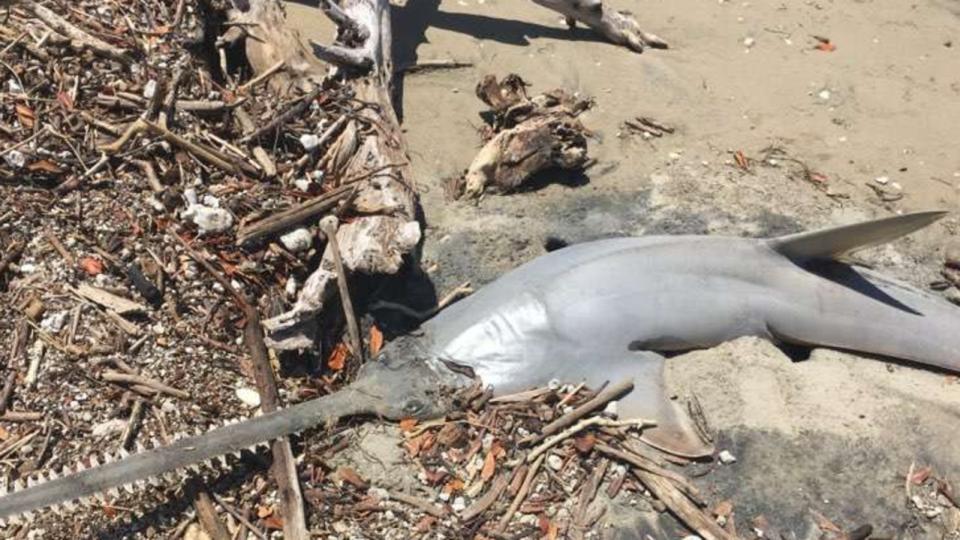Disturbing images spark calls for ban

Urgent calls have been made for the abolishment of gillnets after locals in Tropical North Queensland discovered dismembered turtles and other mutilated endangered species.
Photographs taken by community members near the settlement of Wunjunga on Upstart Bay reveal the gruesome carnage left by the fishing nets strewn across the reef.
Used to catch species such as barramundi and mackerel, the nets are capable of trapping any of the hugely diverse creatures that dwell among the Great Barrier Reef.

Advocacy groups have accused the Queensland government of “turning a blind eye” as the troubling images reveal instances of dugongs and narrow sawfish dead or entangled in the nets.
In one picture at least 13 sawfish can be seen to have died in a single gillnet, while other disturbing images depict turtles with their fins and heads removed.


The Australian Marine Conservation Society (AMCS) has voiced concerns that the dismemberment of such endangered species is a practice carried out by fishers.
It is believed fishermen deliberately and illegally mutilate the animals in order to attract sharks, which in consuming the carcasses help fishers avoid reporting obligations.


AMCS Great Barrier Reef Fisheries campaign manager Simon Miller said the harrowing images revealed the sheer “scale of devastation” gillnets wreaked across the World Heritage Area.
“Fishing practices on our reef must be gold standard, but these photos show the reality is far from it,” Mr Miller said.
“These are just the impacts of gillnet fishing that have been observed by concerned locals along one small stretch of our reef coast; you can imagine the carnage that takes place out of sight throughout the entire reef.
“(The government) must permanently end gillnet fishing in Great Barrier Reef waters, as recommended by the World Heritage Committee’s scientific advisers, UNESCO and the IUCN, in last year’s Reactive Monitoring Mission report that highlighted the need to take urgent additional actions to conserve the reef for future generations.”
Locals had reportedly informed the AMCS that some gillnet fishers were operating illegally in the area, deliberately wounding and killing threatened species.
Currently, 240 licensed gillnet fishers in Queensland use 159km of the net, stretching further than the distance between Brisbane and Noosa.


